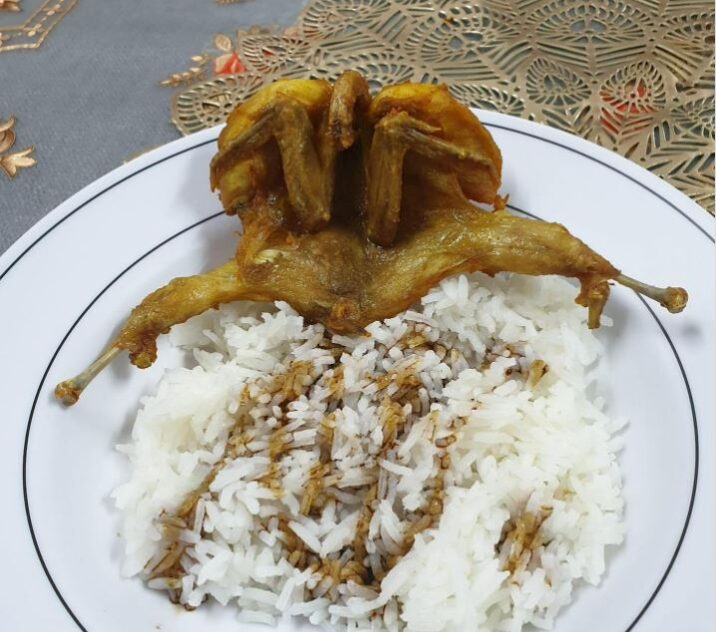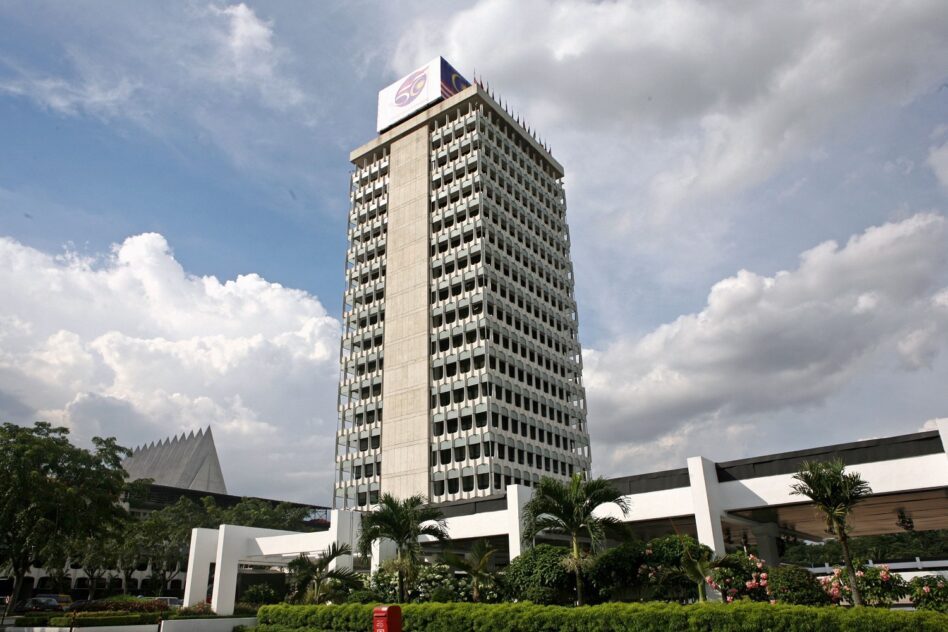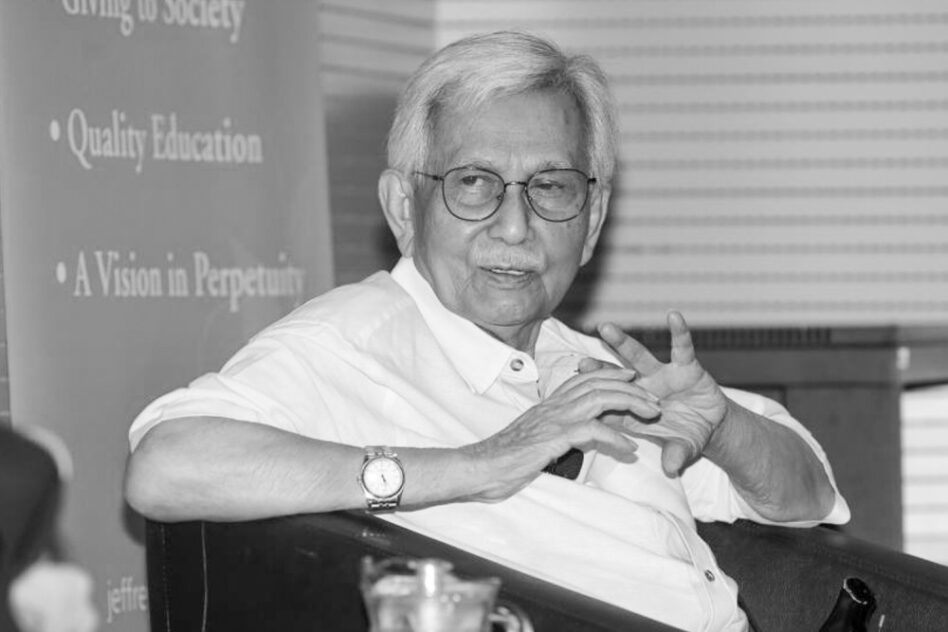IN 2016, the Malaysian Government introduced a contract scheme of employment in its effort to rationalise the employment of doctors within the public sector.
This scheme basically ensured two years of housemanship, followed by three years as a medical officer before a decision was made regarding permanent employment.
Fast forward to 2021, Malaysia and the rest of the world continue to face a disruptor in the form of COVID-19.
This has brought into sharp focus a problem that many of us may have instinctively realised but did not speak about – apart from not having enough doctors and specialists, there is an uneven distribution of the same across the country.
With educational liberalisation and in an effort to make Malaysia a hub for education in the 90s, private institutions of higher learning embarked on expansion of their course portfolios.
This was fuelled by a genuine lack of adequate places in public universities as well as government policy.
Medicine was no exception, and private medical schools were established, albeit with the stringent requirement to meet the standards of the Malaysian Medical Council (MMC) and the Malaysian Qualifications Agency (MQA).
Today, we have 31 medical schools, 11 of which are government institutions.
Malaysia annually has 5000 to 6000 doctors who need housemanship training, and of these about 50% to 60% are locally trained and the rest international graduates.
We further recognise about 330 international medical schools and we also have Malaysians graduating from unrecognised medical schools, who may seek provisional registration and housemanship opportunities by appearing for an examination run by the MMC.
Over the years, private medical schools have become convenient scapegoats for what is claimed to be an excessive number of medical graduates in this country, when it is self-evident that this is only part of the story.
Medical schools in Malaysia are very closely scrutinised by the MMC and MQA for accreditation, apart from frequent supervisory visits in between to ensure gaps identified are closed.

The matter that we need to consider is that with a moratorium in place on the number of medical programmes in the country, as well as limits on intake, should the next steps be:
- A phased reduction in the number of overseas schools we recognise;
- A scheduled discontinuance, with sufficient notice, of the provisional registration examination for unrecognised graduates;
- The introduction of a common competency checklist for ALL Malaysian medical undergraduates studying locally or abroad. (This is in tandem with the latest MMC undergraduate standards document for medical schools. The implementation has been delayed by the pandemic); or
- The introduction of a common exit examination for all Malaysians (medical graduates) intending to work in Malaysia overseen by a regulatory body of stakeholders from MMC, Health Ministry (MOH), Higher Education Ministry and the universities.
In 2015, the Global Health Observatory report indicated that Malaysia has a 1:651 doctor to population ratio while WHO recommendation is 1:500.
The MOH in August 2020 reported that we had an overall ratio of 1:454, however, conveniently ignores the urban rural divide.
Quoted ratios in East Malaysia at the same time were 1:856 in Sabah and 1:662 in Sarawak with up to 45.6% of rural clinics in Sarawak were without doctors.
Another solution is exploring the possibility of smart partnerships with private medical centres, and medical schools by allowing housemanship training in the private sector.
This is in place in Australia, under the Commonwealth Medical Internships Initiative and is worth exploring.
The recent announcement by the government to increase the contract period of service is a welcome one.
It will extend a lifeline for junior doctors and improve their morale and as for the government, there will be manpower that can be deployed to areas that need medical personnel.
Pushing the envelope further, the government could also tie permanent tenure and specialist training to service in the rural and public health sectors. This has long been practiced in countries like Thailand.
This extension will provide some respite, but long-term solutions to train and retain specialists need to be thought of and implemented.
Malaysia has an uneven distribution of doctors and healthcare workers and inadequate number of specialists.
We have taken the first step by extending the duration of the contracts of our junior doctors to at least allow them sufficient time in hospital service to complete specialist training.
We now need to expand training facilities in the country for junior and specialist doctor training, implement the parallel pathways of specialist training to relief the pressure on the local training pathways and begin to reassess if there is a need to recognise foreign medical schools in such great numbers.
We have taken the first step in the long road to providing equitable terms of service for our junior doctors and equitable care for the rakyat. Let us now see it to its conclusion. – July 28, 2021
Professor Dr Pradeep Nair is the Deputy President of the Malaysian Association of Private Colleges & Universities (MAPCU).
The views expressed are solely of the author and do not necessarily reflect those of Focus Malaysia.
Photo credit: AP









